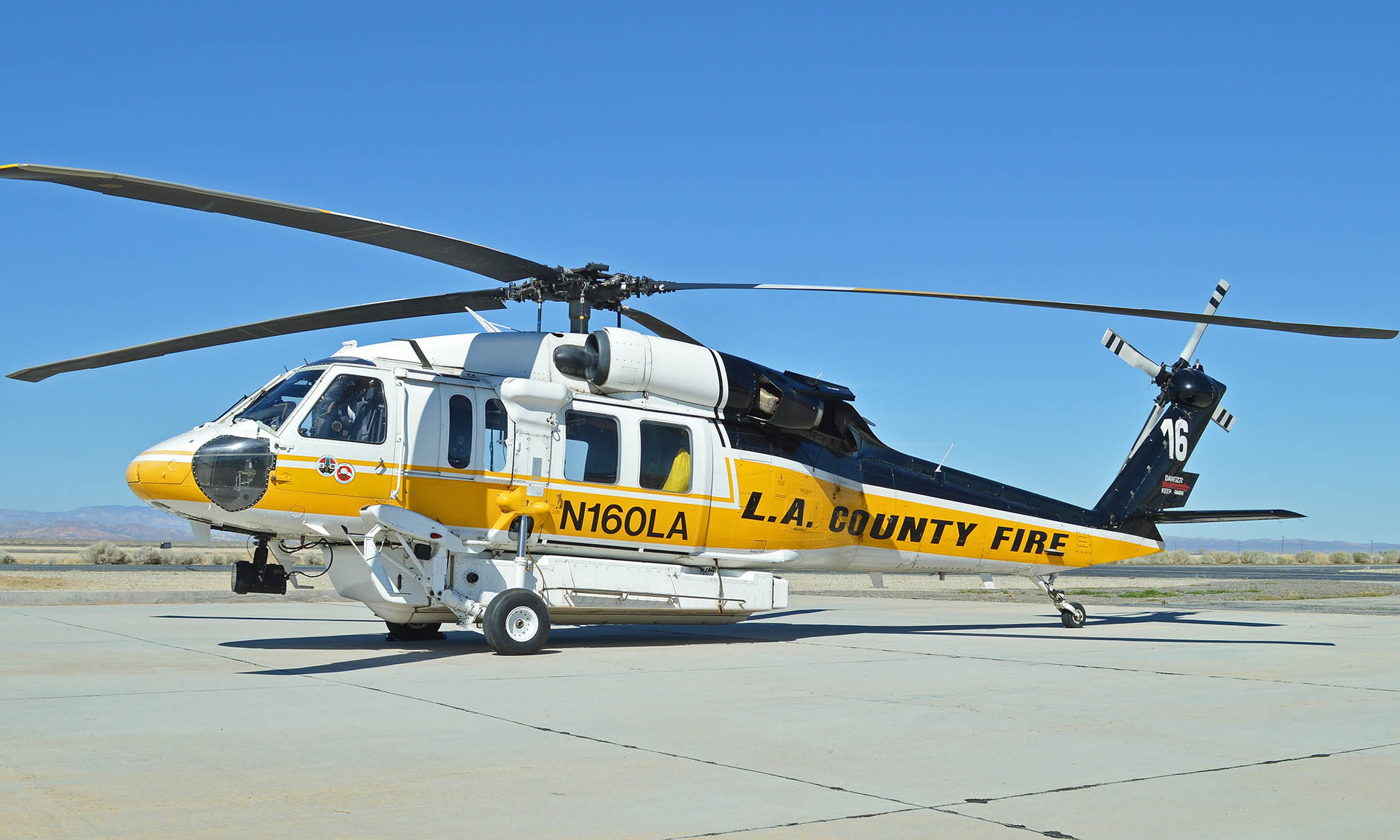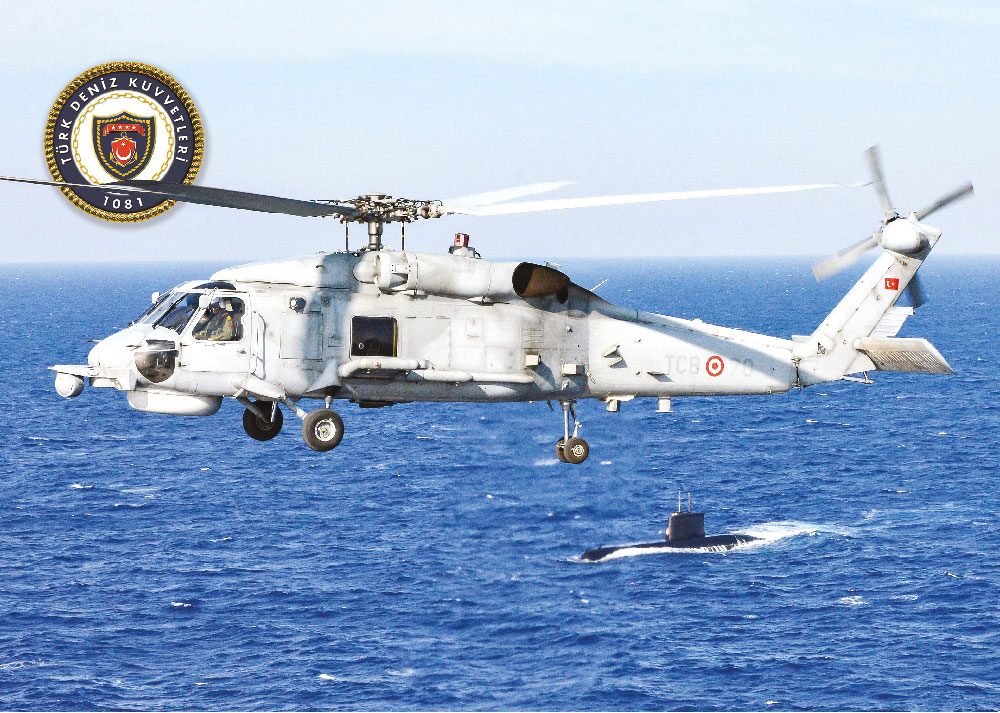The Sikorsky S 70 Helicopter: A Deep Study Its Style and Efficiency
Rotary-Wing Airplane Offering Superior Toughness and Precision Engineering
In the world of aeronautics, rotary-wing aircraft have long been identified for their unique capabilities in different functional environments. From armed forces objectives to noncombatant applications, the evolution of rotary-wing innovation has actually led the way for machines that provide unparalleled sturdiness and accuracy design. Via advancements in materials and construction techniques, combined with advanced trip control systems, these airplanes have actually come to be crucial tools for tasks that demand both robustness and accuracy. As we check out the elaborate balance between development and dependability in rotary-wing airplane, it ends up being obvious that the merging of innovative innovation and tested style principles has set a new standard for efficiency and performance in the aerospace sector.
Advancement of Rotary-Wing Innovation
Throughout the history of aeronautics, the development of rotary-wing technology has actually been a testimony to continuous innovation and improvement in aeronautical design. From the early days of vertical trip with basic layouts to the advanced helicopters and various other rotary-wing aircraft these days, the development in this area has actually been remarkable.
In the very early 1900s, pioneers like Igor Sikorsky and Juan de la Cierva made considerable strides in rotary-wing technology. Sikorsky's VS-300 helicopter, initial flown in 1939, marked a turning point in the growth of useful rotary-wing airplane. This success led the way for more developments in vertical flight capabilities.

Today, rotary-wing aircraft play important duties in various sectors, including military operations, emergency medical services, police, and industrial transportation. The development of rotary-wing innovation continues to push the limits of what is possible in vertical flight, ensuring that these aircraft remain indispensable assets in the aviation industry.
Products and Building And Construction Innovations
Demonstrating a combination of cutting-edge products and accurate building and construction methods, rotary-wing airplane have undertaken considerable advancements in toughness and performance. One of the crucial developments in products used for rotary-wing airplane is the increasing use of composite products.
Additionally, the assimilation of advanced finishes and surface treatments has actually played an essential duty in enhancing the sturdiness of rotary-wing airplane. These coverings supply protection against rust, abrasion, and severe weather, expanding the life-span of the aircraft and minimizing upkeep needs.
In terms of building advancements, additive production, also called 3D printing, has changed the manufacturing of complex components for rotary-wing aircraft. This innovation permits quick prototyping and customization, leading to quicker advancement cycles and lowered prices. Overall, the continuous evolution of materials and construction techniques is driving the abilities and performance of rotary-wing aircraft to new heights.
Precision Flight Control Systems

The integration of GPS modern technology even more boosts the precision and reliability of these systems, enabling accurate navigating, waypoint tracking, and automated trip control. sikorsky s 70. This level of accuracy not just improves the safety and security of rotary-wing operations yet likewise boosts general functional efficiency and goal effectiveness
Moreover, the continuous improvements in synthetic knowledge and machine discovering have actually helped with the growth of autonomous flight capacities within Precision Flight Control Equipment. This enables rotary-wing aircraft to do intricate missions with unequaled accuracy and consistency, making them vital properties in a large range of applications, consisting of army operations, search and rescue objectives, and airborne digital photography.
Durability in Challenging Atmospheres
Popular functional setups, rotary-wing aircraft demonstrate extraordinary strength and effectiveness, ensuring optimal performance under difficult ecological problems. These airplanes are created to hold up against a vast array of environmental elements, including extreme temperatures, high winds, and rough terrain, making them well-suited for different objectives in diverse landscapes.
One essential element contributing to the sturdiness of rotary-wing airplane is their tough building. These aircraft are developed using top quality materials and advanced design strategies to boost their architectural stability and dependability. Furthermore, components such as rotor blades, engine systems, and landing equipment are diligently created to stand up to the strains and stresses run into throughout operations in challenging environments.
In addition, rotary-wing airplane are geared up with sophisticated onboard systems that check efficiency metrics in real-time, permitting proactive upkeep and early detection of possible problems - sikorsky s 70. This proactive strategy assists avoid unexpected failings and guarantees the ongoing airworthiness of the aircraft popular functional settings. Overall, the longevity of rotary-wing airplane in challenging settings is a testament to their superior design and design, making them crucial possessions for numerous mission-critical operations
Upkeep and Dependability Requirements
The adherence to rigid maintenance and dependability criteria is vital in link ensuring the ideal efficiency and security of rotary-wing airplane. Regular upkeep checks, performed by certified professionals, are important to recognize and address any type of possible issues prior to they endanger the aircraft's performance. These checks incorporate a comprehensive assessment of all critical elements, consisting of the engine, blades system, avionics, and hydraulic systems, to guarantee that they are in prime functioning problem.
Moreover, adherence to scheduled maintenance periods in conformity with manufacturer guidelines is important for promoting the aircraft's reliability. This positive technique aids prevent unexpected break downs and makes sure that the airplane continues to be airworthy for its desired goals. Additionally, the official website implementation of robust reliability standards, such as routine component testing and replacement based on established lifecycles, even more improves the aircraft's reliability.
Final Thought

To conclude, the improvements in rotary-wing airplane innovation have caused exceptional sturdiness and precision engineering. With innovative materials and construction techniques, in addition to accuracy trip control systems, these aircraft can operate in difficult settings with enhanced dependability. The upkeep and integrity criteria make sure that these rotary-wing aircraft remain to perform at their ideal, making them essential properties for different markets.
Demonstrating a blend of sophisticated materials and accurate building and construction strategies, rotary-wing aircraft have undertaken considerable advancements in sturdiness and performance. One of the essential developments in products utilized for rotary-wing aircraft is the boosting usage of composite products.With careful attention to information and advanced technical integration, rotary-wing airplane have welcomed Precision Trip Control Systems as a keystone of their operational quality. Overall, the longevity of rotary-wing aircraft in click here for more info tough environments is a testimony to their exceptional design and design, making them vital assets for different mission-critical procedures.
In conclusion, the innovations in rotary-wing aircraft innovation have actually led to exceptional toughness and precision engineering.